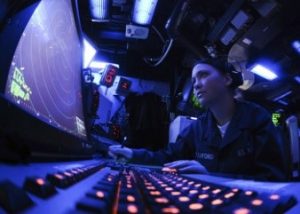Spend any time in the dB Control offices, and you’re bound to hear about the many practical, life-saving applications for unmanned aerial vehicles (UAVs). In fact, we commend our customer, Northrop Grumman, on their relief efforts overseas. When Typhoon Haiyan devastated the Philippines late last year, Northrop Grumman used its Global Hawk Block 30 UAV to support relief efforts. After flying out of Anderson Air Force Base in Guam, the Global Hawk used its electro-optical and infrared sensors to collect wide-area images of the impacted zones. In total, the UAV captured 1,000 planned images, plus ad hoc data collection. Here’s what Jim Culmo, vice president of the High-Altitude Long-Endurance Enterprise at Northrop Grumman, had to say:
“Mission planning in a crisis is hard, but having the ability to task and retask Global Hawk gives commanders the flexibility to conduct productive ISR [intelligence, surveillance and reconnaissance] missions that feed near-real-time information to the response teams who need it the most.”
Contrary to popular belief, Global Hawk – and other UAVs – aren’t just for classified military operations. Disaster relief efforts (i.e., wildfires, earthquakes, etc.) can be much more robust and efficient because many can cruise for more than 30 hours at altitudes above 50,000 feet. The technology onboard UAVs is consistently improving, and is closely regulated. In fact, some UAVs (like General Atomics’ MQ-9 Reaper) use synthetic aperture radar (SAR) systems powered by the amplifiers manufactured here at dB Control.


